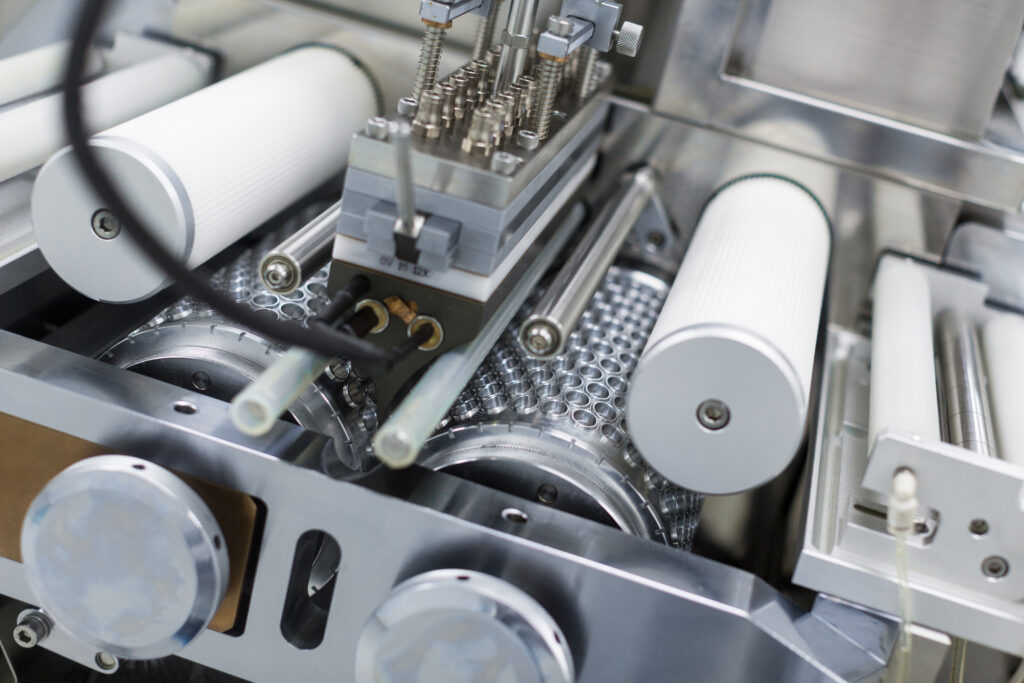Introduction: What Is Smart Factory 4.0 in Plastic Manufacturing?
The plastic manufacturing industry is entering a new era with the rise of Smart Factory 4.0—a powerful convergence of automation, IoT (Internet of Things), real-time data, and AI-driven analytics. Often referred to as the Fourth Industrial Revolution, Industry 4.0 transforms traditional production lines into intelligent, interconnected ecosystems that adapt, optimize, and learn on the fly.
In the world of plastic manufacturing, this means everything from injection molding to blow molding can now be monitored, adjusted, and improved with real-time insight—dramatically boosting efficiency, quality, and return on investment (ROI).
Core Technologies Powering Smart Factory 4.0
Let’s break down the key digital technologies that are reshaping plastic production facilities:
1. IoT-Enabled Machinery
Modern injection molding and extrusion machines can be outfitted with IoT sensors that track:
- Temperature fluctuations
- Hydraulic pressure levels
- Cycle time consistency
- Mold alignment precision
These sensors send real-time data to centralized dashboards, allowing operators and AI systems to detect anomalies before they cause defects or machine failure.
2. Predictive Maintenance with Smart Sensors
Instead of relying on scheduled maintenance, smart factories use predictive maintenance driven by:
- Vibration analysis
- Thermal imaging sensors
- Oil quality detectors
This allows maintenance teams to detect early signs of wear or failure and fix issues before they cause unplanned downtime—extending machine life and reducing repair costs.
3. Automated Quality Assurance Systems
Smart factories incorporate inline quality checks during production:
- Vision systems automatically detect defects like burn marks, flash, warpage, or color inconsistency.
- Inline weighing systems ensure every item meets the precise material specification.
- Barcode and RFID tracking for end-to-end traceability and defect source tracing.
✅ Result: Fewer defective units, less waste, and consistent product quality across every shift.
Operational Benefits: Efficiency Meets Intelligence
Reduced Downtime
With predictive maintenance and machine learning-driven alerts, downtime is minimized—keeping production lines running smoothly with fewer interruptions.
Improved Throughput
Automation optimizes cycle times and reduces bottlenecks, ensuring higher output with less manual intervention.
Consistent Quality
Real-time monitoring and feedback loops mean that any quality issue is addressed immediately—preventing bad batches from continuing down the line.
Data-Driven Decision Making
Smart factories generate a massive amount of production data. When integrated into dashboards or ERP systems, managers gain real-time insights into performance metrics like OEE (Overall Equipment Effectiveness), scrap rate, and machine utilization.
📊 Example: A factory that installs smart quality control and predictive maintenance tools can cut downtime by 15–20% and improve yield by up to 12%.
Quality Gains: Instant Feedback & Total Traceability
Smart factories don’t just improve efficiency—they revolutionize quality control:
- Real-Time Defect Detection: Vision systems catch product anomalies before packing, reducing customer complaints and returns.
- Lot Traceability: RFID tags and digital records allow manufacturers to trace any part or product back to its raw material batch and production parameters.
- Regulatory Compliance: Smart data logging ensures full compliance with industry standards such as ISO 9001 or FDA GMP.
🔍 Insight: Instead of waiting for lab results, operators can now get defect alerts within seconds—minimizing rework and boosting customer satisfaction.
ROI Insights: The Numbers Behind Smart Factory Investment
Is a smart factory worth the investment? Here’s a simplified ROI analysis:
Real Example:
A plastic molding plant with 10 machines operates 3 shifts/day. Before Smart Factory upgrades:
- Downtime: 12% (due to maintenance, changeovers, breakdowns)
- Output loss: ~RM400,000/year
After implementing predictive maintenance and IoT monitoring:
- Downtime reduced by 15%
- Net gain: ~RM60,000/year (just from downtime savings)
- Further savings from quality rework reduction, manpower efficiency, and energy usage optimization
👉 ROI within 12–18 months is common with targeted Smart Factory upgrades.
Implementation Guide: How to Start Smart
You don’t need to digitize your entire plant overnight. Here’s a practical roadmap:
1. Start Small & Scale Gradually
Choose one production line or machine cell to pilot IoT sensors and vision systems. Focus on high-volume or high-defect processes.
2. Integrate MES/ERP Systems
Connect machines to your Manufacturing Execution System (MES) or ERP for centralized monitoring, scheduling, and reporting.
3. Invest in Training
Empower your team with training on:
- Using dashboards
- Interpreting sensor alerts
- Troubleshooting automated systems
💡 Tip: Involve operators early—they’re the key to successful adoption.
4. Choose Scalable Platforms
Opt for hardware and software platforms that are modular and support future add-ons—such as AI-based defect detection, energy usage analytics, or supply chain tracking.
Challenges to Consider (And How to Overcome Them)
Implementing Smart Factory 4.0 isn’t without hurdles:
| Challenge | Smart Solution |
|---|---|
| High Upfront Costs | Start with modular, ROI-focused upgrades |
| Data Security Risks | Use encrypted protocols, secure cloud platforms |
| Integration Complexity | Choose open-source or API-friendly systems |
| Resistance to Change | Provide hands-on training and demonstrate time-saving results |
🔐 Security Tip: Partner with automation vendors that offer cybersecurity auditing and regular firmware updates.
Conclusion: Smart Factory, Smarter Business
Industry 4.0 is no longer a future trend—it’s today’s competitive edge in plastic manufacturing. A smart factory plastic manufacturing approach allows you to:
- Reduce costs and waste
- Deliver consistent product quality
- Scale production with confidence
- Stay compliant and future-ready

